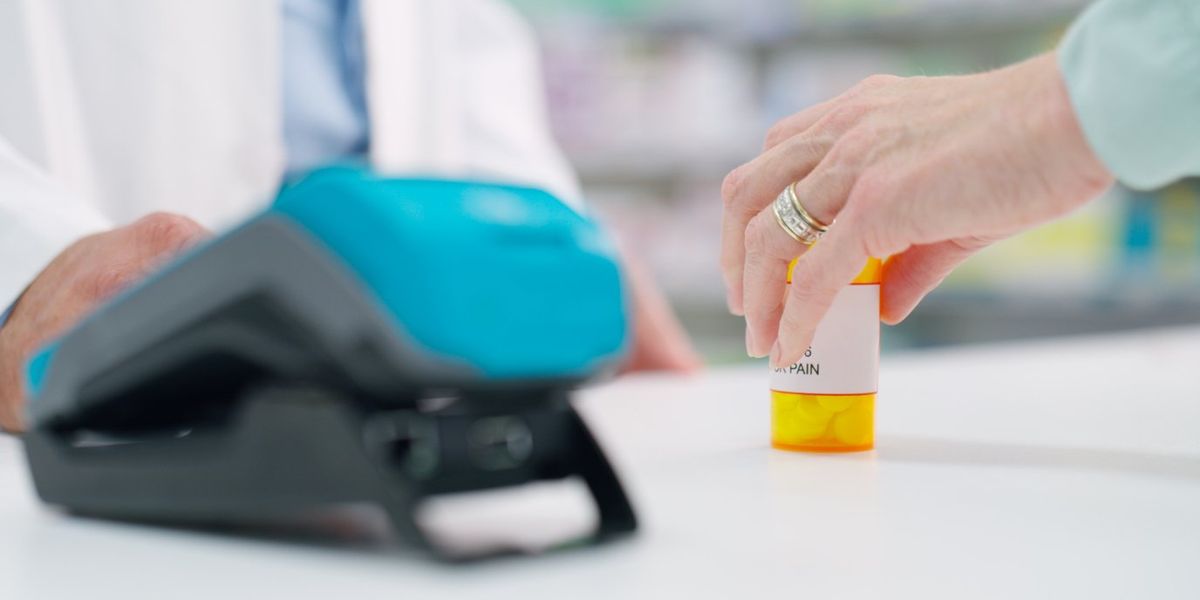
Taking prescription drugs may be more American than apple pie. According to the Centers for Disease Control and Prevention (CDC), nearly half the people in the United States report having taken at least one medicine in the past 30 days. (By comparison, just about 1 in 10 Americans say apple is their favorite pie.)
Who decides what medicines are covered on your health insurance plan and at what price? You may think the drug maker, your health insurance company or your employer sets the rules and prices for prescription drug coverage — and they do all play a role.
But the most important influencer on drug coverage in the U.S. may be one you’ve never heard of: the pharmacy benefit manager (PBM). Given the influence PBMs have on which medicines are covered and what they’ll cost, you might want to understand who they are and how they work.
What is a pharmacy benefit manager?
PBMs are companies that manage drug coverage for health insurers, large employers and other companies that pay for health benefits, such as labor unions or government agencies. These companies sit between your health insurance company and the drug makers. In other words, PBMs are the middleman.
PBMs do a few things that can directly affect you and your access to drugs:
- Administer drug benefits on behalf of health insurers and employers
- Create formularies or preferred drug lists, which determine which drugs will and will not be covered on an insurance plan
- Negotiate prices of drugs with drug makers, including rebates and discounts
- Negotiate rates paid to pharmacies for the drugs they carry
- Process pharmacy claims for insurers and their members
- Set up networks of pharmacies to fill prescriptions for health plan members
- Manage mail-order pharmacies for specialty products
Access to certain medications is determined by whether they make it on the formulary in the first place and then is affected by the price of the medicine. Your out-of-pocket costs for medicines is typically based on the negotiated rates determined by the PBM.
Who owns the PBMs?
PBMs are usually for-profit companies. Some are very large. The three biggest PBMs reportedly cover more than 275 million Americans and account for nearly 90% of the market. Some PBMs are independent. Others are owned by health insurance companies and/or large retail or specialty pharmacies.
What are the pros and cons of PBMs?
The main argument in favor of PBMs is that they can help lower costs through negotiation. And, for many people, drug costs pose real hardships. In fact, nearly 1 in 4 people in the U.S. report having a hard time paying for medications.
The Centers for Medicare and Medicaid Services (CMS) has said that PBMs have helped lower drug prices. According to the Pharmaceutical Care Management Association (PCMA), the national association that represents PBMs, PBMs will save health plans and individuals more than $1 trillion over 10 years.
At the same time, some critics suggest that PBMs have an incentive to promote more expensive drugs. PBMs often get paid rebates based on a percentage of a drug’s list price. That means they earn more money when people use pricier medicines. PBMs may pass some of those rebates back to the health plan. And hopefully some of it reaches the consumer. But PBMs keep nearly 10% of rebates.
What’s next for PBMs?
One trend among PBMs is increasing coverage for biosimilars, a kind of medicine used to treat conditions such as cancer, autoimmune disorders and diabetes.
Biosimilars are close copies of drugs called biologics, which are made from material from living things such as plants, bacteria, animals or humans. Examples include gene therapy, insulin and monoclonal antibodies.
Biosimilars work the same way as biologics and are as safe and effective but can be a lot less expensive, as much as half the cost. Even so, they haven’t always been covered by health insurance.
Recently, several PBMs have announced that they’ll cover more biosimilars. This is likely to lower costs for insurers. However, patients’ cost savings from biosimilar use is not a given, due to the incentives described above. Patients should talk to their physicians about treatment options, such as biosimilars, that might save them money without impacting their overall care
How to work with a PBM
As a patient, you may feel the effects of a PBM’s policies and decisions. But you might never directly interact with the PBM unless you use a mail-order or specialty pharmacy that they operate. If you have trouble getting a drug covered, you would start by talking to your health insurer or employer for help.
This resource was created with support from Organon.
From Your Site Articles
Related Articles Around the Web
Credit : Source Post






